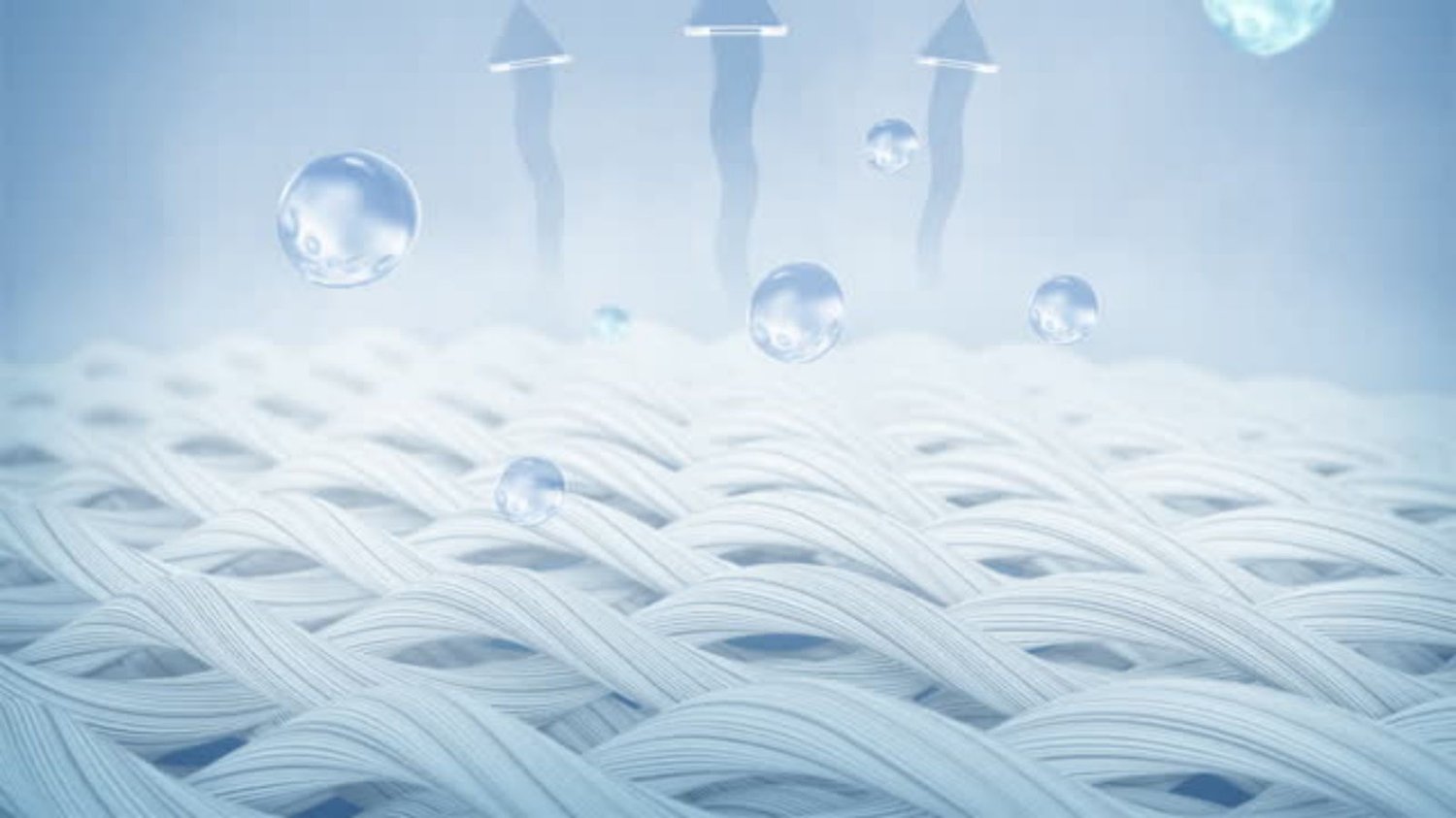Comparing Waterproof Fabric with Vinyl and Plastic Materials: Which Is Better?
When it comes to choosing the right material for waterproof applications, there are several options available. Two popular choices are waterproof fabric and materials such as vinyl and plastic. Each of these materials has its own unique properties and advantages, making them suitable for different purposes. In this article, we will compare waterproof fabric with vinyl and plastic materials to help you determine which is better for your specific needs.
1. Durability and Longevity
Durability is an important factor to consider when choosing a waterproof material. Waterproof fabric, typically made from synthetic fibers such as nylon or polyester, is known for its strength and resilience. It can withstand harsh weather conditions, including exposure to UV rays, without deteriorating.
On the other hand, vinyl and plastic materials may not be as durable as waterproof fabric. While they can provide some level of waterproofing, they are more prone to cracking, tearing, and degradation over time. UV exposure can cause discoloration and brittleness in these materials, reducing their overall lifespan.
2. Breathability and Comfort
One of the key advantages of waterproof fabric over vinyl and plastic materials is its breathability. Waterproof fabrics are designed to allow air circulation, which helps to prevent the buildup of moisture and sweat. This makes them more comfortable to wear for extended periods, especially in outdoor activities or sports.
Vinyl and plastic materials, on the other hand, tend to trap heat and moisture, leading to discomfort and potential skin irritation. They do not allow for proper airflow, which can make them less suitable for applications where breathability is important.
3. Environmental Impact
Considering the environmental impact of the materials we use is crucial in today's world. Waterproof fabric, being made from synthetic fibers, is not biodegradable. However, it can be recycled and repurposed, reducing its impact on the environment. Some manufacturers also offer eco-friendly options, such as fabrics made from recycled materials.
Vinyl and plastic materials, on the other hand, are known to have a significant environmental impact. They are derived from fossil fuels and can take hundreds of years to decompose. Improper disposal of these materials can contribute to pollution and harm ecosystems.
4. Versatility and Applications
Both waterproof fabric and vinyl/plastic materials have a wide range of applications. Waterproof fabric is commonly used in outdoor gear, such as jackets, tents, and backpacks. It is also used in the automotive industry for seat covers, convertible tops, and boat covers.
Vinyl and plastic materials are often used in the construction industry for roofing, siding, and waterproofing applications. They are also commonly found in the manufacturing of bags, tarps, and inflatable products.
5. Cost-Effectiveness
When it comes to cost-effectiveness, waterproof fabric can be more expensive than vinyl and plastic materials. However, it offers better durability and longevity, which can make it a cost-effective choice in the long run. The initial investment in waterproof fabric may be higher, but it can outlast vinyl and plastic materials, saving you money on replacements.
Vinyl and plastic materials, on the other hand, are generally more affordable upfront. However, their shorter lifespan and potential for degradation may require more frequent replacements, resulting in higher long-term costs.
6. Maintenance and Cleaning
Maintenance and cleaning requirements can also vary between waterproof fabric and vinyl/plastic materials. Waterproof fabric can usually be machine washed or wiped clean with a damp cloth, making it relatively easy to maintain. Some waterproof fabrics may require special treatments, such as reapplying a durable water repellent (DWR) coating.
Vinyl and plastic materials are generally easy to clean and maintain. They can be wiped clean with a mild detergent or water. However, they may be more prone to staining and discoloration over time.
7. Aesthetics and Design Options
Waterproof fabric offers a wide range of design options and aesthetics. It can be dyed in various colors, printed with patterns, and even textured for a more unique look. This makes it a versatile choice for those who prioritize aesthetics and design in their waterproof applications.
Vinyl and plastic materials, on the other hand, may have limited design options. They are typically available in solid colors and may not offer the same level of customization as waterproof fabric.
8. Ease of Workability
When it comes to working with the materials, waterproof fabric can be easily cut, sewn, and manipulated. It is a flexible material that can be shaped to fit different needs and designs. This makes it suitable for DIY projects and custom applications.
Vinyl and plastic materials, on the other hand, can be more rigid and challenging to work with. They may require specialized tools and techniques for cutting and shaping.
9. Resistance to Mold and Mildew
One of the key advantages of waterproof fabric over vinyl and plastic materials is its resistance to mold and mildew. Waterproof fabrics are often treated with antimicrobial agents that inhibit the growth of mold and mildew, making them suitable for humid environments.
Vinyl and plastic materials, however, can be more prone to mold and mildew growth, especially if not properly cleaned and maintained. They may require regular cleaning and treatment to prevent the growth of these microorganisms.
10. Conclusion
When comparing waterproof fabric with vinyl and plastic materials, it is important to consider factors such as durability, breathability, environmental impact, versatility, cost-effectiveness, maintenance, aesthetics, workability, and resistance to mold and mildew. While each material has its own advantages and disadvantages, waterproof fabric emerges as a superior choice in many aspects. Its durability, breathability, and resistance to mold and mildew make it a versatile option for a wide range of applications. However, it is essential to assess your specific needs and requirements before making a final decision.

